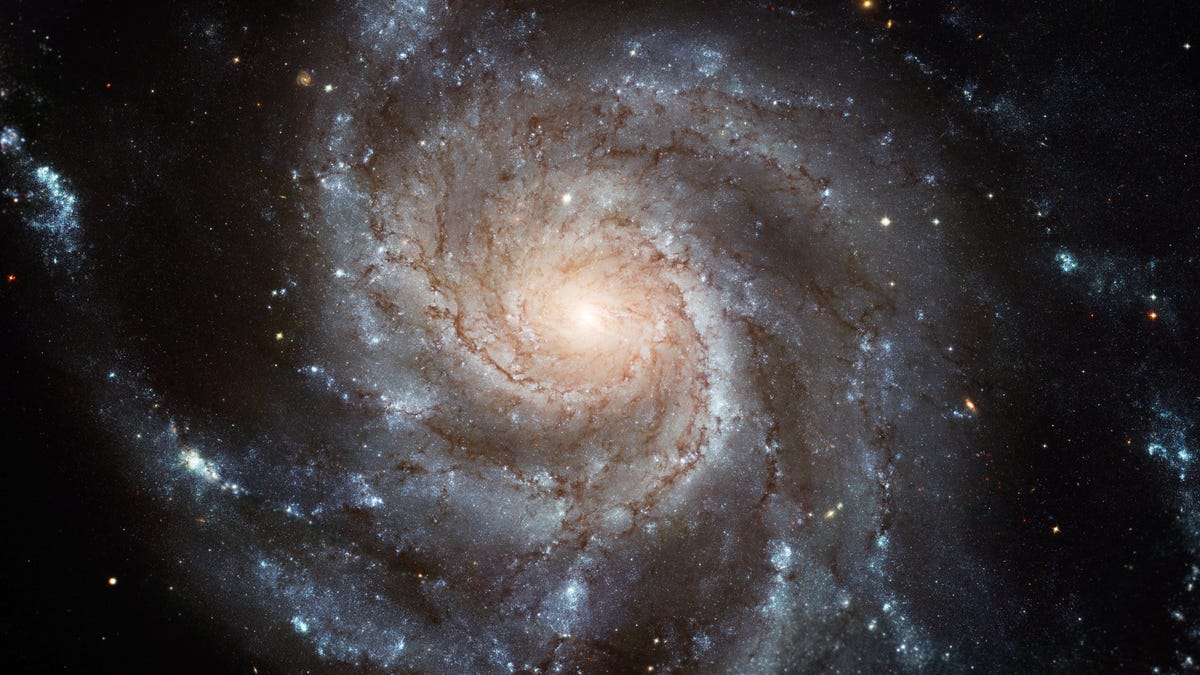
Advertisement
Advertisement
The deceased star was likely many times larger than our own Sun, according to Space.com—so much so that, if it replaced our own Sun, it would have been more than the size of Mars’s orbit. A large-enough star will go supernova when it eventually runs out of the internal fuel that sustains its nuclear fusion. The star’s own gravity forces it to collapse upon itself and release energy as a massive explosion. The final death blow is the star’s transformation into a neutron star or a black hole.
A star’s lifetime is millions to billions of years, so witnessing the death of one is truly an exciting moment. Earlier this year, astronomers found evidence of a binary star system that will eventually create a kilonova, or an explosion that is thought to produce bursts of gamma rays and large amounts of gold and platinum. The system is home to a neutron star and a massive star that is in the process of going supernova, at which point it will also become a neutron star. Eventually, those two neutron stars will collide, producing the kilonova.
Services Marketplace – Listings, Bookings & Reviews